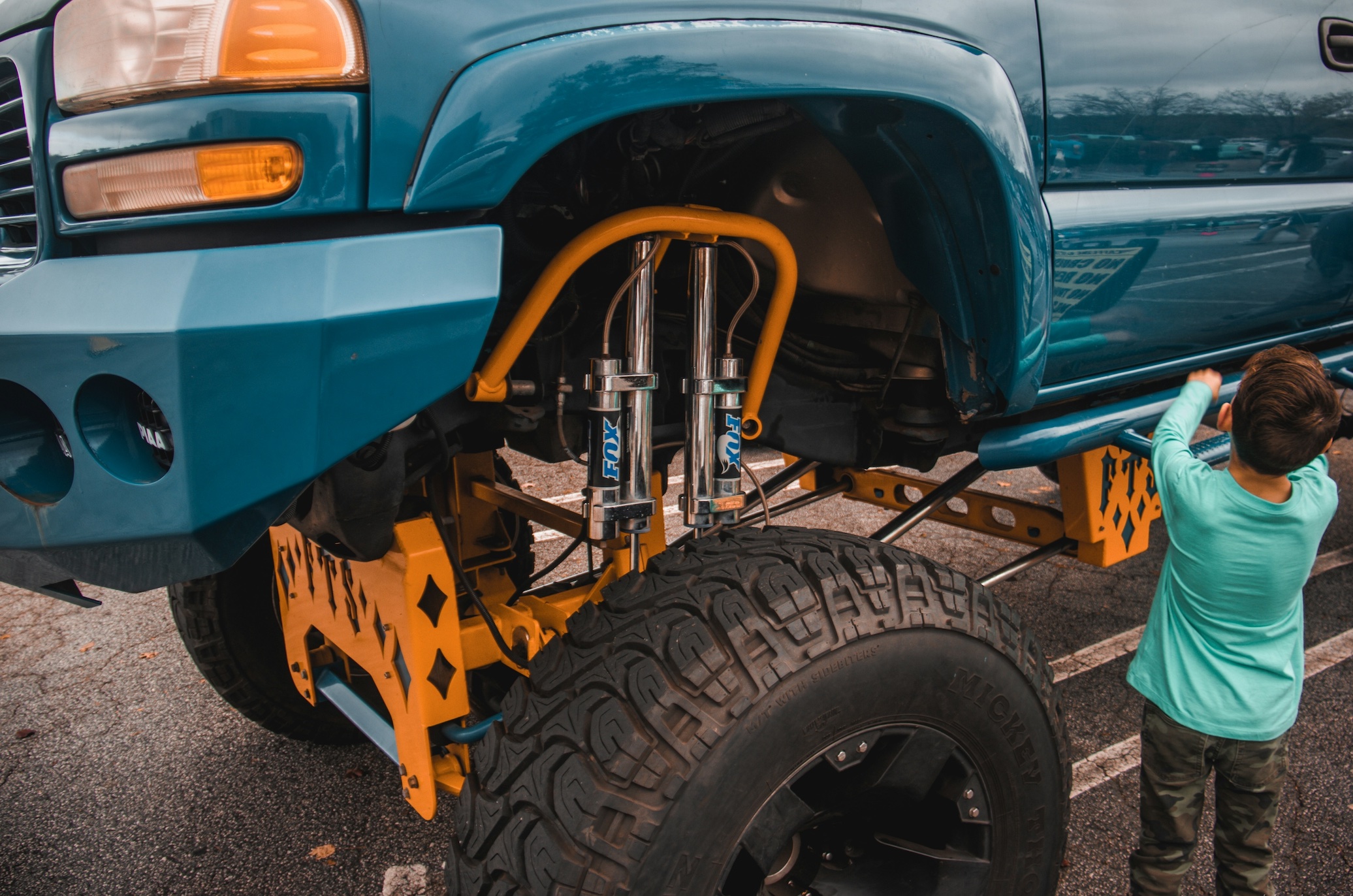Lifting a truck can enhance its appearance and off-road capabilities, but it’s essential to understand and adhere to local regulations regarding lift heights.
When it comes to modifying trucks, one of the most popular changes is increasing the vehicle’s lift. A lifted truck can look impressive and offer enhanced off-road capability. However, understanding the legal limits for truck lifts is crucial to avoid fines, ensure safety, and maintain vehicle functionality. In this article, we’ll explore the regulations surrounding truck lifts and how various tools can help you stay compliant.
Understanding Truck Lift Regulations
Lifting a truck involves modifying its suspension system to increase the distance between the vehicle’s axle and its body. While this can improve ground clearance and approach angles, it can also affect vehicle stability and handling. Most jurisdictions have specific laws governing how high a truck can be lifted to ensure road safety and vehicle performance.
Legal Limits
The legal height limit for lifted trucks varies by state and country. In the United States, regulations are typically set by individual states, with guidelines covering aspects such as:
- Maximum Lift Height: Many states have a maximum allowable lift height, which is often measured from the ground to the highest point of the vehicle. This limit helps prevent excessively high trucks that could be hazardous to other road users.
- Headlight Height: Regulations often include limits on the height of headlights to ensure proper illumination of the road and prevent blinding other drivers.
- Bumpers and Fender Flares: There are also rules about bumper heights and the requirement for fender flares to cover larger tires, preventing debris from being thrown onto other vehicles.
Compliance and Safety
Ensuring your truck complies with local regulations is essential for both safety and legality. A lift that exceeds the legal limit can lead to fines, safety inspections, and even issues with vehicle insurance. Furthermore, a lifted truck that isn’t properly adjusted can experience problems such as uneven tire wear and poor handling.
Example: If your state allows a maximum lift of 6 inches, lifting your truck beyond this limit could result in legal trouble. It’s crucial to consult local regulations and possibly seek professional advice to ensure your modifications are within legal bounds.
Using Ezlogz for Compliance
Ezlogz offers valuable tools for truck owners and fleet managers when it comes to maintaining compliance with vehicle regulations. Here’s how Ezlogz can help you:
- Track Modifications: Ezlogz allows you to keep detailed records of all vehicle modifications, including lift kits. By documenting these changes, you can easily review whether your truck meets legal requirements and quickly provide information if needed for inspections or audits.
- Stay Updated: Regulations can change, and staying informed about the latest laws is crucial. Ezlogz provides updates and insights on vehicle compliance, ensuring you’re aware of any new rules that might affect your truck lift.
Choosing the Right Lift Kit

Selecting the appropriate lift kit for your truck involves more than just choosing a higher lift. It’s essential to balance aesthetics, functionality, and compliance with regulations. Here are some tips for choosing a lift kit:
- Research Local Laws: Before purchasing a lift kit, research the legal limits in your area. This will help you choose a kit that provides the desired lift without exceeding legal limits.
- Consult Professionals: Working with a professional who understands local regulations and vehicle modifications can ensure your lift kit is installed correctly and legally.
- Consider Vehicle Dynamics: Higher lifts can impact vehicle dynamics. Ensure that your lift kit includes adjustments for steering and suspension to maintain safe handling and performance.
Conclusion
Lifting a truck can enhance its appearance and off-road capabilities, but it’s essential to understand and adhere to local regulations regarding lift heights. Tools like this can assist in tracking modifications and staying updated on compliance requirements, helping you avoid legal issues and ensure your truck remains roadworthy. By carefully selecting your lift kit and staying informed, you can enjoy the benefits of a lifted truck while remaining within legal limits.


Join the conversation!